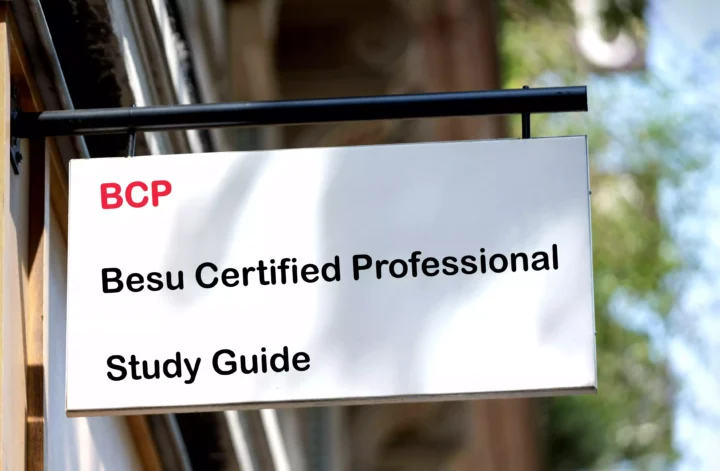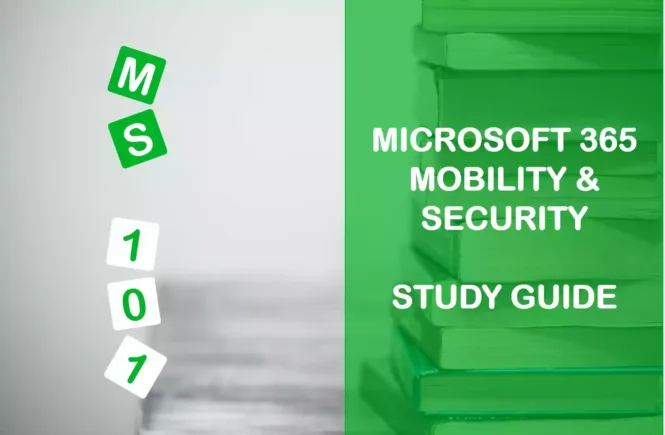How to Prepare for the Besu Certified Professional Exam?
Preparing for the Besu Certified Professional (BCP) certification exam? Don’t know where to start? This post is the Besu Certified Professional Study Guide (with links to each exam objective).
I have curated a list of articles from the Internet for each objective of the Besu Certified Professional (BCP) exam. I hope this article will help you achieve the Besu Certified Professional Certification. Also, please share the post within your circles so it helps them to prepare for the exam.
Besu Certified Professional Exam Coupon
Besu Certified Professional Material
Besu Core Concepts 24%
Blockchain propagation
Exploring the Concept of Block Propagation in Blockchain
Genesis File
Hyperledger Besu: How to Create an Ethereum Genesis File
Gas Concept
Besu discards Transaction with Zero Gas Prices on Free-Gas Networks
Logs and Events
Hashing, Encryption, and Signing
The difference between encoding, hashing, encryption, and signing
Public Network and Chain IDs
Addresses in Ethereum
Mastering Addresses In Ethereum
The Blockchain Trilemma
What’s the Blockchain Trilemma?
The Blockchain Trilemma: Decentralized, Scalable, and Secure?
Nodes
Public Keys
Networking 26%
RPC node
Use JSON-RPC over HTTP, WS, and IPC
Validator Node
Configure validators in a production network
Add and remove validators without voting
New node in Blockchain
How to Launch a Hyperledger Besu Network and Nodes
Full Synchronization Method
How long does Besu take to sync?
Node Discovery Mechanisms
Node Networking Fundamentals
What are Nodes and Clients in Ethereum?
How to run a Hyperledger Besu Node?
PoA Consensus Mechanisms
Hyperledger Besu: Understanding Proof of Authority
Trusted Private Network
Create a private network using QBFT
Gas Free Mode
Besu discards Transaction with Zero Gas Prices on Free-Gas Networks
Comparison of all Consensus Mechanisms
Consensus Mechanisms in Comparison
Transactions and Storage 14%
Token Standards
Why is Hyperledger Besu a Top Choice for Financial Use Cases?
What Are Token Standards? An Overview
Roles of a Blockchain Node
What Are Blockchain Nodes and How Do They Work?
What are the Types of Nodes in Blockchain?
Account State
Merkle trees
Ethereum Explained: Merkle Trees, World State, Transactions, and More
Account Storage
World state in Ethereum
Ethereum World State Simplified
Cryptography 10%
Transaction Signing Mechanisms
Sign privacy marker transactions
Private Key Management
Private transactions on blockchain with Hyperledger Besu
What is Privacy Key Management (PKM)?
Key Management in Cryptography
Symmetric vs Asymmetric Encryption
Symmetric Encryption vs Asymmetric Encryption
Difference Between Symmetric and Asymmetric Key Encryption
Structured Data Signing
Structured data hashing and signing explained
Elliptic Curve Cryptography
Basic Explanation of Elliptic Curve Cryptography
Permissioning and Privacy 10%
Onchain Permissioning
Smart contracts for the Besu permissioning system
Permissioning
Node vs Account Permissioning
Use Cases
Deep dive into Hyperledger Besu
Privacy in Blockchain
Decentralizing Privacy: Using Blockchain to Protect Personal Data
Execution Engine and Consensus 8%
Transaction Pool
Transaction pool | Besu documentation
EVM architecture
How does Ethereum Virtual Machine (EVM) work?
What is Ethereum Virtual Machine and How Does it Work?
Block Validation
Block Validation – What It Is, Process Steps, Examples, Importance
Layered Transaction Pool
Monitoring 8%
Besu Node Monitoring
High Availability
High availability of JSON-RPC and RPC Pub/Sub APIs
Sample load balancer configurations
Monitoring using Grafana
Plugins
Hyperledger Besu Plugins – Overview
This brings us to the end of the Besu Certified Professional (BCP) study guide.
What do you think? Let me know in the comments section if I have missed out on anything. Also, I love to hear from you about how your preparation is going on!
In case you are preparing for other Blockchain certification exams, check out the Blockchain certificate study guides for those exams.
Receive Updates on the Besu Certified Professional Exam
Want to be notified as soon as I post? Subscribe to the RSS feed / leave your email address in the subscribe section. Share the article to your social networks with the below links so it can benefit others.




